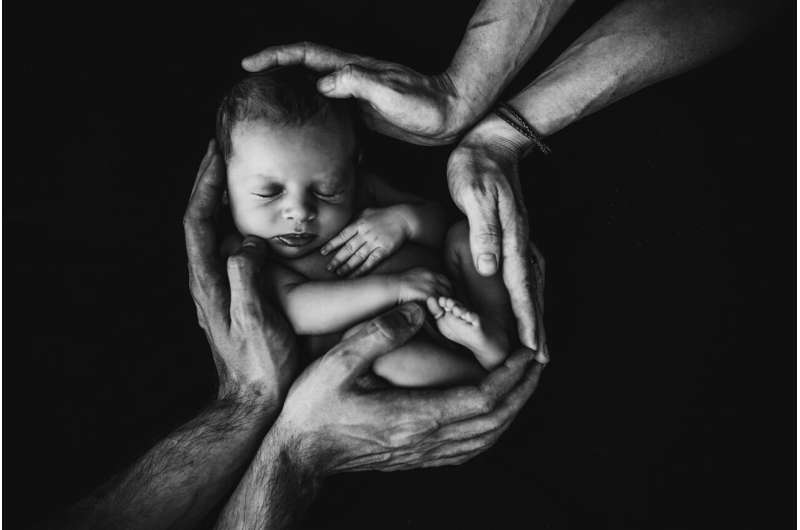
A state-of-the-art genetic biobank could hold the key to preventing Sudden Infant Death Syndrome (SIDS), potentially saving the lives of hundreds of babies who die from the devastating condition each year.
Developed by the University of South Australia, the biobank comprises DNA from 25 babies who have died from SIDS in South Australia.
It’s the only one of its kind in the Southern hemisphere, and one of only a few that exist in the world.
Sudden Infant Death Syndrome (SIDS) is the sudden, unexpected, and unexplained death of an apparently well baby, despite clinical investigations, including autopsy.
In Australia, about 130 babies die from SIDS each year.
Molecular biologist and Head of genetics at the Australian Centre for Precision Health, UniSA’s Professor Leanne Dibbens, says the biobank will provide unprecedented opportunities to examine genetic factors that have contributed to SIDS.
“Within Australia and internationally, research into SIDS is not as active as it once was,” Prof Dibbens says.
“This is mainly due to successful education campaigns such as ‘safe sleeping’ of infants, which has significantly reduced the incidence of SIDS. Yet, every year in Australia, about 100 babies still die from SIDS and we don’t know why.
“Our genetic biobank will enable us to analyse DNA from SIDS babies to look for genetic causes of SIDS, and by finding these, we will be able to test babies at birth to identify those who are at risk, with these babies being closely monitored in their first year of life.”
The groundbreaking research will also help identify mechanisms involved in causing death from SIDS so that future work can stop SIDS from occurring.
“Every baby’s life is precious. This research will help protect all babies and families from suffering the heartache of SIDS.”
University of South Australia

